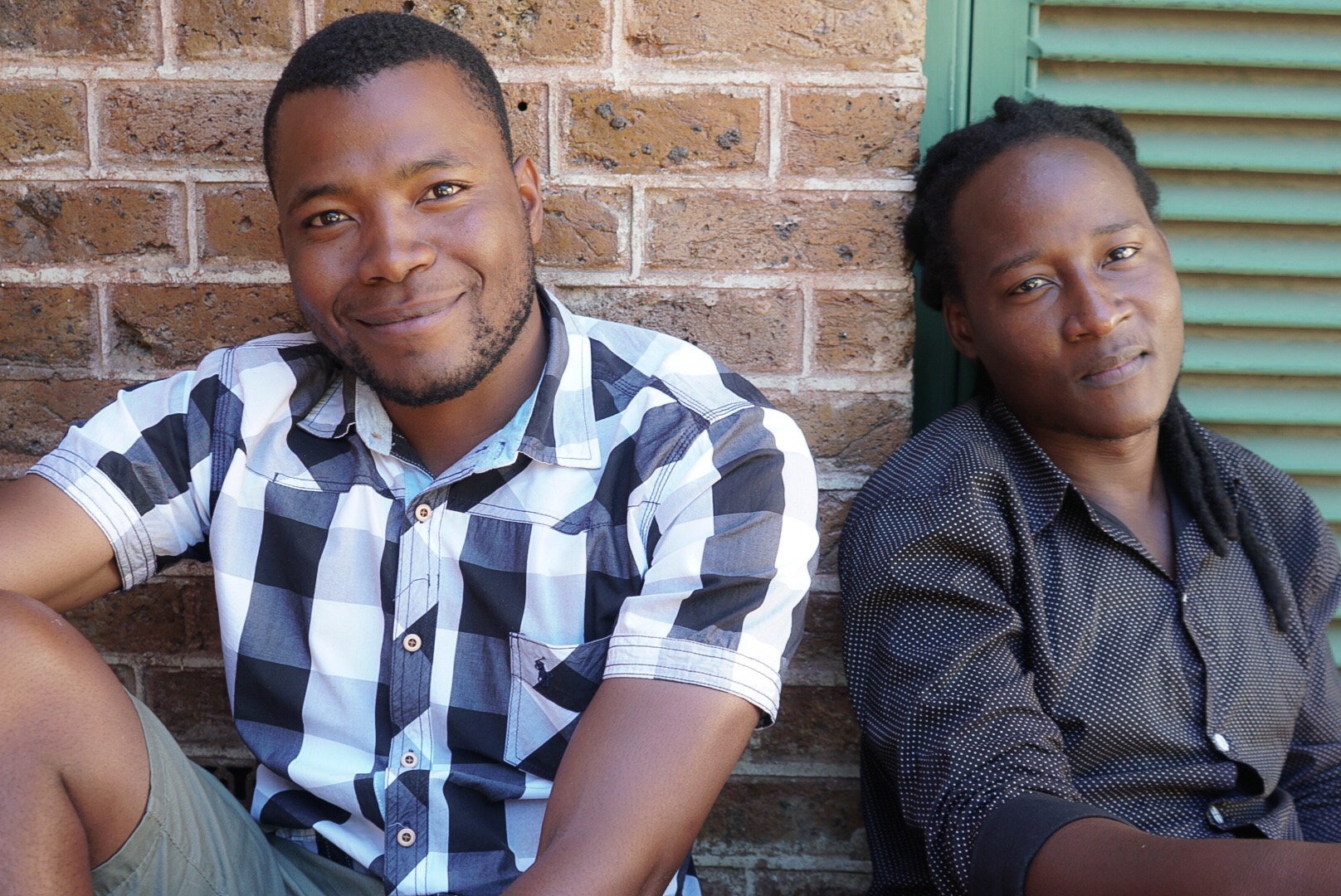
13 Apr Cesar, Celso & Chafim
Celso, Cezar and Chafim – the 3Cs – young Mozambican archaeologists on the #slavewrecks project team, working to preserve the sunken slave ship heritage of Mozambique Island.
How ironic that these men, roughly the same age – 26, 26 and 27 – coming from various communities around Mozambique, all decided to take up the craft of archaeology around the same time and are now working the maritime and terrestrial sides of the same archaeological site.
Inspired initially by Indiana Jones movies and, specifically, Indy’s travel to exotic places to find treasure, all three now laugh about their naïveté around the field of archaeology. Says Celso, “I realized in my first [university] class that Indiana Jones wasn’t doing archaeology. He was doing salvage – he was treasure hunting. But archaeology is not about treasure hunting; it’s not recovering artifacts to sell. It is about recovering and reconstructing history to help people understand the past.”
“Archaeology helps you understand people by using their cultural materials,” Cezar explains further. “From a piece of pottery, you can understand what someone’s life was like 5,000 years ago and how they managed to do their daily activities.”
Chafim adds, “Archaeology is a science. We have techniques that we apply to study objects and understand them. But Indiana Jones never did any of this.”
Graduates of Mozambique’s Eduardo Mondlane University, an SWP network partner, and protégées of Ricardo Duarte (profiled in an earlier story), Celso and Cezar spent their time at the university learning maritime archaeology (the study of submerged heritage resources), and Chafim focusing on terrestrial archaeology (the study of history through the excavation of land-based sites). “I work in the Niassa province [about eight hours from Mozambique Island],” says Chafim, “where they gathered many slaves and took them to Mozambique Island and then on to the Americas. The interior is important, too. The interior and the coast joined tell the whole story.”
So how does their digging into the past help tell a stronger story of Mozambique?
Well, smack dab in the middle of Ilha de Moçambique’s three-mile length, sits the island’s only museum. It’s called the Museu da Ilha de Moçambique. It is a lovely mansion, filled with delicate furnishings from over the centuries, lush paintings and complicated histories of Portuguese colonizers – but there are only a few mentions by name or image of the black Africans who lived, worked and were enslaved on the Island.
It is as if black Mozambicans only existed as background fodder to the larger and louder lives of the Portuguese, who arrived in Mozambique in the late 1400s and ruled until Mozambique gained its independence in 1975.
Unfortunately, soon after, in 1977, the country descended into an intense civil war that lasted for 15 years, which prevented the opportunity for it to do an independent and internal soul search and embrace. Mozambique has only been free to be itself … to reset … to remember and reclaim its voice … for 25 years.
This is part of the reason why the #slavewrecks project is currently supporting Ilha’s museum curators and historians in building a more inclusive story about the history of the island, using the shipwrecks as a way to bring millions of people back into memory and providing a powerful example of a new approach to history for the rest of the country.
Mozambique is a new and young country now, with 65% of the population under the age of 24, according to Index Mundi.
The 3Cs represent the kind of future now possible for young Mozambicans, a future that shines bright like a diamond. What do they each hope and dream for themselves and the future of the #slavewrecks project?
“[SWP] is about linking people and establishing a connection,” says Cezar. “I want to know more about what happened to those people who went to the US, to Europe, to Asia and link us back together. The slave trade distributed people, but now we can get those people back. Now, we have this heritage, and I want to help keep it alive.”
“My dream is to train two generations in the next 20 years and extend the Slave Wrecks Project to Tanzania, Angola [and] other countries,” says Celso. “I want to be recognized as someone who did something to build this work up.”
“I am simple and quiet,” says Chafim. “And every moment I just want to learn with other people. I am proud to be an archaeologist. And I am excited to do this beautiful work.” He adds with a small smile, “This is very important history that everyone needs to know.”




No Comments